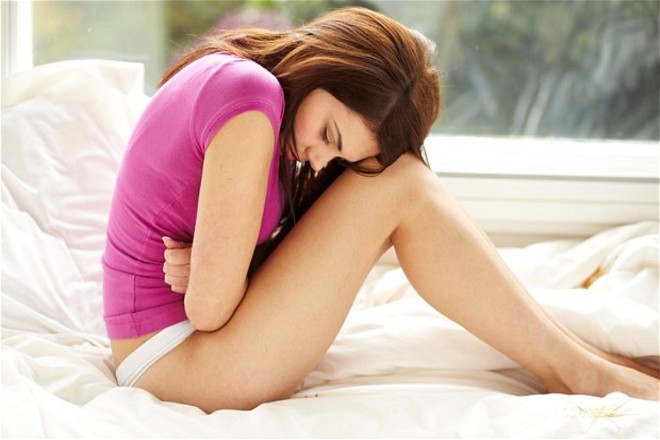Menstrual Disorders and Their Natural Remedy
The menstrual cycle and menstrual disorders are common phenomena of the female reproductive system that make pregnancy possible. The production of oocytes and the preparation of the uterus for pregnancy happen during this cycle. Subsequently, the menstrual cycle brings about many uncomfortable symptoms leading up to the period. Premenstrual Syndrome (PMS) follows a few common issues, such as mild cramping and fatigue, but the symptoms usually go away from the arrival of the period.
Get related keyphrases(Opens in a new browser tab)
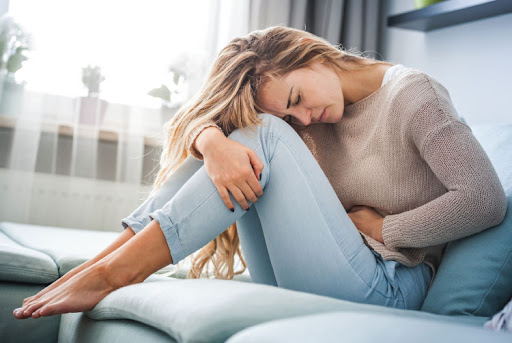
What is Menstruation?
• The maternal characteristics of a woman arise due to the female hormones within her body.
• These hormones are generated in a pair of almond-shaped organs, known as the ovaries. Ovaries are deep within the pelvis, one on each side of the uterus or womb.
• The two main female hormones are estrogen and progesterone. These hormones give the woman strength and stamina and are responsible for the peculiarity of feminine shape.
• The ovaries start producing estrogen, the dominant female hormone when a girl reaches about 12 years of age. This enables her to develop as a complete young woman.
• The beginning of menstruation indicates the reproductive phase of her life, which means she can have children.
• The menstrual flow is linked to the female function of ovulation or the passing of the egg cell or ovum from the ovary to the womb ready for fertilization.
• It is a normal process to cleanse the inner surface of the womb and enable reproduction to take place normally.
• The flow normally lasts for about four days and has a rhythm of 28 days.
Problems during Menstruation
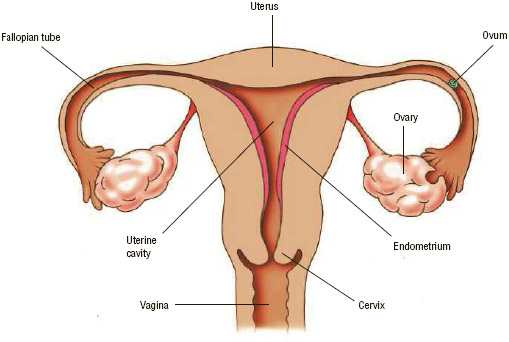
• Problems of menstrual flow are painful menstruation, stoppage of menstruation, or excess menstruation, including pre-menstrual tension.
• Amenorrhea: Absence or suppression of menstruation.
• Dysmenorrhea: Painful or difficult menstruation.
• Metrorrhagia: Bleeding between periods.
• Oligomenorrhea: Infrequent or scanty menstruation.
Symptoms of Menstrual Disorders
• Depression, tension, melancholia, breast tenderness, cramps, fainting, water retention, rapid heartbeat, and back pain may occur.
• Pain starting two or three days before the flow usually indicates that the ovaries are not functioning properly.
• Pain immediately before the flow indicates the uterine flexion which means the position of the womb is abnormal.
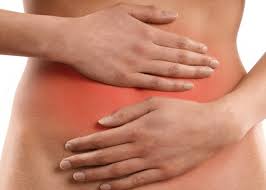
Causes of Menstrual Disorders
• Most menstrual disorders occur due to nutritional deficiencies which lead to deficiency and improper metabolism of the female sex hormones.
• Painful menstruation or dysmenorrhoea occurs due to the creation of toxic conditions in the system and of the sex organs in particular due to a wrong diet, faulty lifestyle, and nervous fatigue.
• Uterine flexion regularly occurs in women. They are so thin that they have lost internal fat and the ligament, on which the womb is suspended.
• When the pain occurs during menstruation, it usually means that the womb itself is swollen or inflamed.
• Excess menstrual flow is common in certain women and denotes a blood deficiency, especially blood calcium.
• Tension, worriedness, serious emotional disturbances, malfunctioning of the womb, tuberculosis, displacement of the womb, and debility, especially after a serious illness can be the causes of menstrual disorders.
• Constipation is the primary reason for which the liver cannot throw out excess estradiol.
• Inadequate supply of B complex vitamins can be a cause.
• Women whose general health and resistance are weak are more likely to have menstrual problems.
Natural Therapy
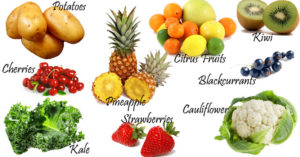
• Healthy women who have healthy eating habits of natural foods do not face these problems.
• Hot hip baths on alternate nights for a week before the period prove to be highly beneficial. Between periods, cold hip baths will increase the tone of the ovaries.
• In case of excessive bleeding, gauze may be inserted in the vagina as a temporary measure.
• All excitement and too much mental strain should be avoided for a considerable period.
• It is necessary to keep the patient quiet and confined to bed.
• A four-minute back massage to an area an inch to the right of the lumbar spine may bring relief from painful menstruation.
• Avoid over-fatigue just prior to the period.

Recommended Diet
• The diet should contain an adequate, but not excessive, amount of high-quality proteins (non-meat).
• Eat complex carbohydrates (whole grains) to avoid blood sugar drops.
• Take brewer’s yeast, kelp, and essential fatty acids.
• Drink catnip tea each morning and evening during the period.
• The patient can have three meals a day of fresh, juicy fruits, such as apples, pears, grapes, papaya, oranges, pineapple, peaches, and melon.
• A meal of freshly prepared steamed vegetables such as carrot, cabbage, cauliflower, swash and beans, and two or three whole wheat chapattis.
• Cooked banana flowers with curd can be eaten as one of the cures.
• Beet juice is found to be very effective for menstrual disorders.
• Coriander seeds are highly beneficial. Six grams of these seeds are boiled in half a liter of water and can be drunk with sugar candy.
• Ginger is also useful in menstrual disorders.
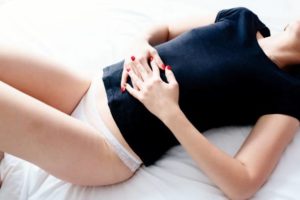
Non-Recommended Diet
• Avoid eating chocolate, caffeine, sugar, and excess sodium are additional causative factors.
• Avoid processed and junk foods.
• Avoid eating excess red meat and dairy products which cause hormonal imbalance.
• Avoid allergic foods.
• Avoid overeating, this encourages abdominal congestion.
• Flour products, sugar, sweets, and chocolate mixture products, rich cakes, pastries, sweets, refined cereals, rich, heavy, or greasy foods, tinned or preserved foods, strong tea, coffee, pickles, condiments, and sauces.
• Smoking and alcohol






